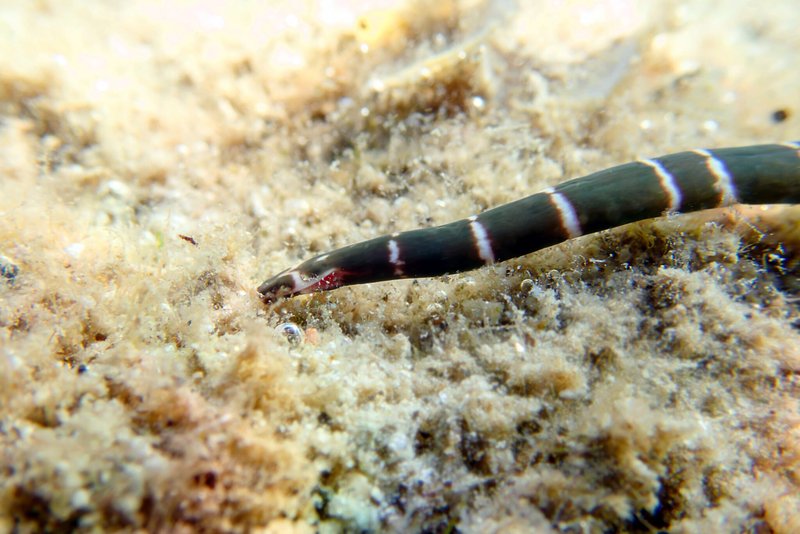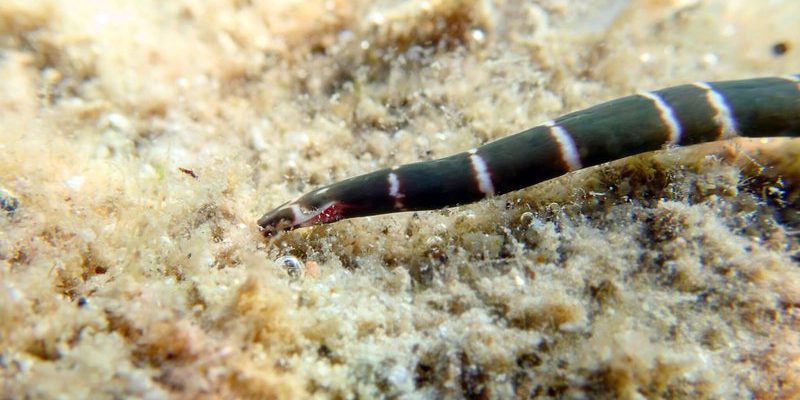
Imagine walking along the beach, feeling the soft sand between your toes. You might spot a ribbon worm nestled in the grains, quietly going about its business. Think of them like the cleanup crew of a bustling restaurant. They help recycle nutrients and maintain balance, ensuring that the whole dining experience— or in this case, the coastal ecosystem—runs smoothly. Let’s dive deeper into the world of ribbon worms and understand their essential role in our coastal habitats.
What Exactly Are Ribbon Worms?
Ribbon worms, also known as **Nemertea**, are fascinating creatures that can be found in marine environments worldwide. They come in a variety of colors and can range from just a few millimeters to several meters long. Their body structure is quite unique—ribbon-like and soft, with a muscular layer that allows them to move gracefully through sediment and water.
What’s interesting about ribbon worms is their hunting method. Many are predators, often feeding on small marine animals, including crustaceans and even other worms. They possess a specialized feeding structure called a proboscis, which can shoot out rapidly to snag prey—sort of like a tongue that catches food in a flash!
In terms of habitat, ribbon worms thrive in various environments, from **muddy tidal flats** to rocky shorelines. This adaptability makes them widespread in coastal ecosystems, meaning they’re often just beneath the surface, helping to maintain a healthy balance in their environments.
The Role of Ribbon Worms in Nutrient Cycling
One of the most impressive roles ribbon worms play is in **nutrient cycling**. Think of them as nature’s recycling team. When they consume organic matter, such as dead plants and animals, they break it down into smaller particles. This process not only cleans up the debris but also releases nutrients back into the soil and water. These nutrients are then available for other marine organisms to use, like algae and seagrass.
This cycling of nutrients is essential for sustaining the entire food web in coastal ecosystems. Without creatures like ribbon worms breaking down materials, organic matter would accumulate, leading to oxygen depletion and an unhealthy environment for other marine life.
Moreover, their burrowing habits help aerate the sediment. This aeration is critical for other organisms living in the sand and mud, as it allows oxygen to reach the roots of plants. Think of it like opening a window in a stuffy room—fresh air can circulate, keeping everything lively and healthy.
Impact on Food Chains
You might be wondering how ribbon worms fit into the larger picture of **food chains** in coastal ecosystems. These worms are considered both predators and prey. On one hand, they hunt smaller organisms, helping control their populations. On the flip side, ribbon worms also provide food for larger animals, such as fish and birds.
For example, when a bird picks at the sandy shore and finds a hungry ribbon worm, it plays a pivotal role in transferring energy within the ecosystem. That energy then continues up the food chain, impacting various marine species. If ribbon worms were to vanish, this delicate balance would be disrupted, potentially harmful to all levels of the food web.
Honestly, it’s fascinating to see how interconnected everything is. The tiny actions of a small creature can have far-reaching consequences, reminding us that even the smallest players in an ecosystem hold significant importance.
Ecological Indicators of Health
Ribbon worms serve as **ecological indicators** for coastal habitats. Their presence—or absence—can tell scientists a lot about the environmental health of marine ecosystems. If ribbon worms are thriving, it often means that the ecosystem is balanced and that conditions are suitable for a wide range of marine life.
Conversely, if ribbon worm populations decline, it could signal problems like pollution or habitat destruction. Monitoring these creatures can help scientists assess the overall health of coastal areas and address any potential issues early on. Essentially, ribbon worms act as a barometer for the ecosystem, providing valuable data for conservation efforts.
Their ability to adapt to different environments also makes them useful for studying how ecosystems respond to climate change. As ocean temperatures rise and habitats shift, understanding the resilience of ribbon worms can offer crucial insights into the future of marine biodiversity.
Threats to Ribbon Worm Populations
Despite their vital roles, ribbon worms face several threats that can jeopardize their existence. One of the primary issues is **habitat loss** caused by coastal development. As humans build on shorelines, they often disrupt the delicate balance of ecosystems, affecting organisms like ribbon worms.
Pollution is another significant concern. Chemicals from agricultural runoff or urban areas can contaminate coastal waters, harming ribbon worm populations and the organisms that depend on them. When ribbons are affected, the impacts ripple throughout the ecosystem, leading to further declines in biodiversity.
Moreover, climate change poses an increasing risk. Rising ocean temperatures can alter the habitats ribbon worms rely on, pushing them to migrate or even threatening their survival. As conditions change, their adaptability will be tested, and without proper measures, we could see a decline in these essential creatures.
Conservation Efforts and the Future
The future of ribbon worms relies heavily on our conservation efforts. Protecting coastal habitats is key to ensuring their survival—and that of the entire ecosystem. This can be achieved through various methods, such as establishing marine protected areas, promoting sustainable fishing practices, and reducing pollution.
Community awareness also plays a crucial role in conservation. Educating people about the significance of ribbon worms and coastal ecosystems can help foster a sense of responsibility toward these environments. When individuals understand how everything is interconnected, they’re more likely to engage in conservation efforts.
Additionally, ongoing research is essential. By studying ribbon worms and other marine organisms, scientists can better understand the complex interactions within coastal ecosystems. This knowledge can inform conservation strategies, ensuring that these ecosystems remain vibrant and healthy for generations to come.
Wrapping Up: The Unsung Heroes of Coastal Ecosystems
Honestly, ribbon worms might not be the stars of coastal ecosystems, but they’re certainly some of the most important players in the grand scheme of marine life. From nutrient cycling to serving as ecological indicators, their contributions are invaluable. As we explore, protect, and appreciate coastal habitats, let’s remember to give credit to these fascinating creatures.
So, the next time you stroll along the beach and see the shimmering waves or even the sandy shore, take a moment to think about what’s happening just beneath your feet. The world of ribbon worms is a quiet yet essential part of maintaining the health and diversity of our coastal ecosystems. By understanding and valuing their role, we can help ensure that these environments flourish for years to come.

